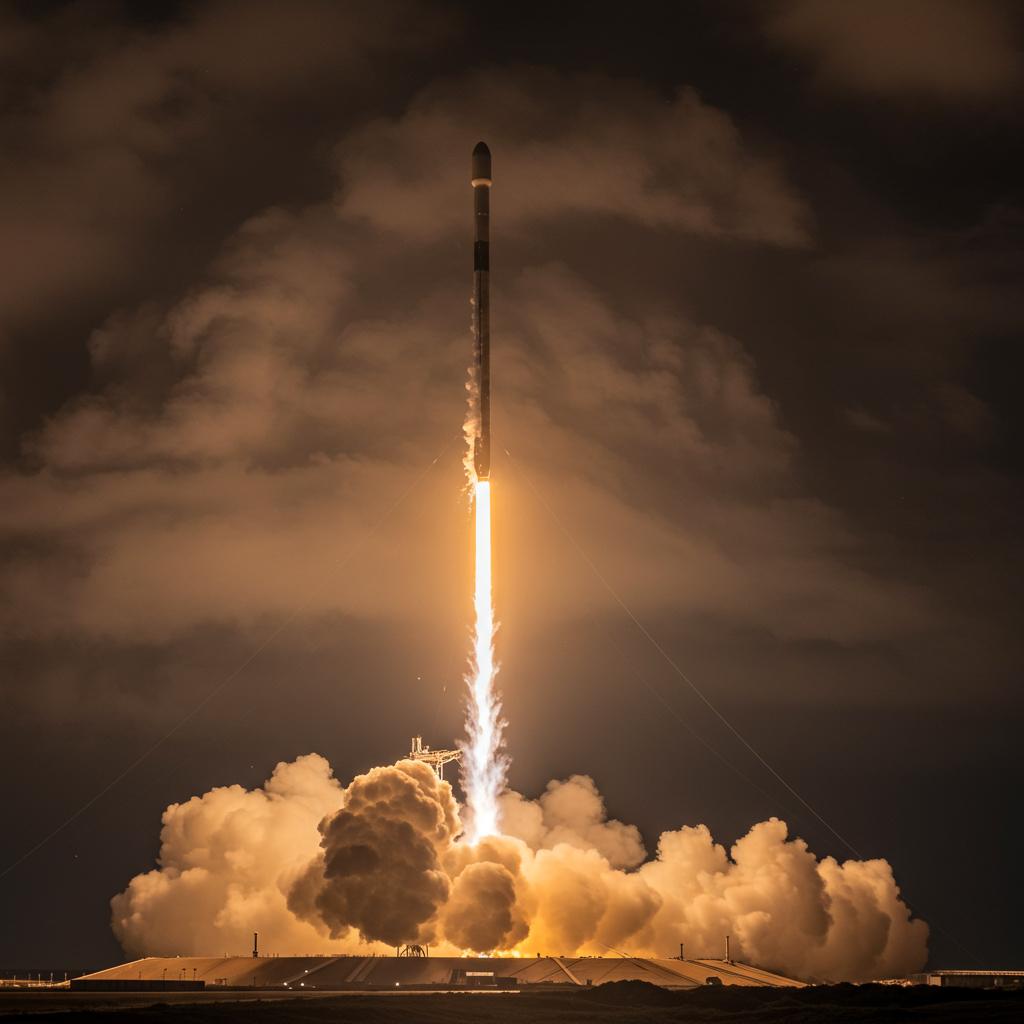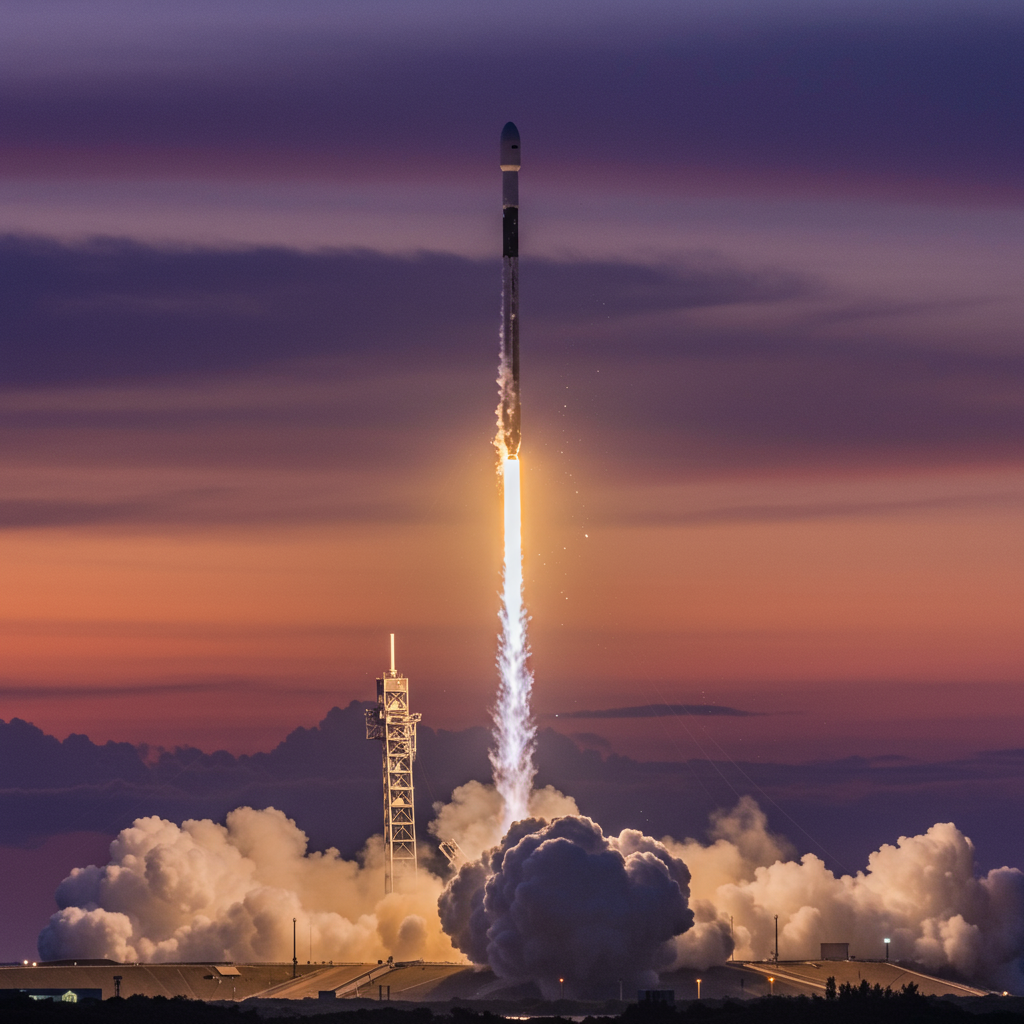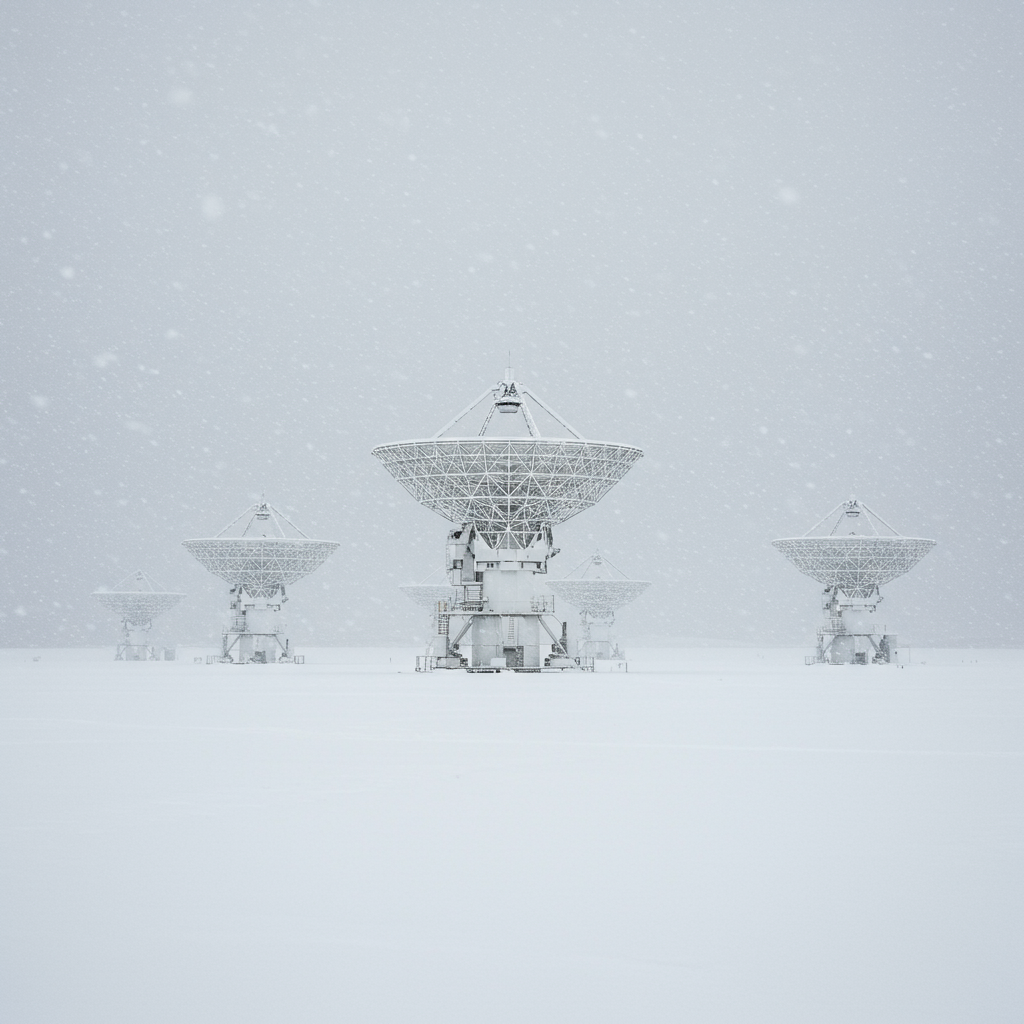Amidst a backdrop of recent turbulent weather across East-Central Florida, SpaceX successfully launched a Falcon 9 rocket carrying dozens of Starlink satellites into orbit. The mission lifted off from Cape Canaveral space Force Station, marking another milestone for the company’s internet constellation project and demonstrating the ability to proceed with launch operations once challenging meteorological conditions subside. This particular launch drew attention not only for its scientific and commercial objectives but also for occurring after severe weather had cleared the area, a frequent challenge for Space Coast operations.
Clearing Skies for a Critical Mission
Hours earlier, parts of Central Florida were under severe thunderstorm warnings and special weather statements as volatile weather systems moved through the region. For space launches from Cape Canaveral, managing weather is a critical and complex task. Factors like lightning within a certain distance, high winds, and poor visibility can all cause lengthy delays for safety reasons. Indeed, weather is one of the most common reasons for launch postponements at the Space Coast. As seen with other recent spaceport activities, even major events like the departure of astronaut crews from the International Space Station or the launch of significant planetary missions have faced delays due to atmospheric conditions over Florida or downrange areas, as severe weather can pose risks to the rocket during ascent and recovery operations.
On the day of this specific launch, meteorologists and range safety personnel closely monitored conditions. NASA’s Kennedy Space Center, adjacent to the launch site, had issued a Phase I lightning watch, providing personnel with a 30-minute warning period for potential strikes. However, this watch was terminated several hours before the planned liftoff time, signaling improving conditions. By the time the countdown reached zero, skies were fair, and visibility extended out to 10 miles, creating favorable conditions for the ascent of the Falcon 9.
Mission Details: Falcon 9 and Starlink Satellites
The launch took place precisely at 12:26 a.m. on Saturday, June 28th, from Launch Complex 40 (SLC-40) at Cape Canaveral Space Force Station. The workhorse of SpaceX’s fleet, a Falcon 9 rocket, stood ready on the pad. This mission’s primary objective was to deploy 27 Starlink broadband satellites into low-Earth orbit. These satellites are part of SpaceX’s ambitious constellation designed to provide high-speed internet access globally, with a particular focus on connecting remote and underserved areas. Each Starlink launch adds more capacity and coverage to the growing network, expanding its reach and improving service quality for users worldwide.
The successful deployment of dozens of satellites is a standard yet crucial step in building out the Starlink constellation. As more satellites are placed into orbit, the network’s capacity increases, allowing SpaceX to onboard more subscribers and offer better service. The continuous cadence of these launches from Florida’s Space Coast highlights the rapid pace of development and deployment required to establish a truly global satellite internet system.
A Veteran Booster Takes Flight Again
Adding to the technical achievements of the mission, the Falcon 9 first-stage booster supporting this launch was a seasoned veteran. This particular booster was undertaking its fifth journey to space. Reusing rocket boosters is a cornerstone of SpaceX’s strategy to significantly reduce the cost of space access and increase the frequency of launches. Each successful re-flight demonstrates the durability and reliability of their reusable hardware.
This booster had a notable history prior to its fifth Starlink mission. Its previous launches included supporting the CRS-32 cargo resupply mission to the International Space Station, the NROL-69 mission for the National Reconnaissance Office, the GPS III-7 satellite launch for the U.S. Space Force, and an earlier Starlink deployment. The ability to quickly inspect, refurbish, and refly these complex machines is a testament to SpaceX’s engineering prowess and operational efficiency, setting a new standard for the space industry.
Post-Launch Recovery
Following the crucial stage separation event high above the Earth, the first-stage booster executed a controlled descent back through the atmosphere. Its target was SpaceX’s autonomous drone ship positioned in the Atlantic Ocean. These drone ships serve as mobile landing platforms, allowing boosters to be recovered far downrange from the launch site.
For this mission, the booster successfully touched down on the deck of the drone ship named “A Shortfall of Gravitas.” This successful landing secured the booster for recovery, inspection, and preparation for a potential sixth future mission. The routine nature of these offshore recoveries underscores the maturity of SpaceX’s reusability technology and its importance to their business model.
A Decade of Progress Since a Notable Incident
The launch date, June 28th, also carried historical significance for SpaceX and Cape Canaveral. It marked the 10-year anniversary of a Falcon 9 rocket failure that occurred shortly after liftoff from what was then Cape Canaveral Air Force Station (now Cape Canaveral Space Force Station) in 2015. That particular incident involved a Falcon 9 carrying a Dragon capsule loaded with over 5,000 pounds of supplies intended for the International Space Station on a NASA resupply mission.
Approximately 2 minutes and 19 seconds after launching, the rocket broke apart in flight, resulting in the loss of the mission payload. While any anomaly is a setback, the past decade has seen remarkable progress in the reliability and performance of the Falcon 9 vehicle. The ability to launch a Falcon 9 on its fifth mission successfully from the same location, just ten years after a significant failure early in the program, highlights the immense advancements SpaceX has made in rocket technology, testing, and operational procedures over the last decade.
Leadership Changes at the Eastern Range
In related news surrounding the operational environment at Cape Canaveral, a leadership change at the Eastern Range was recently announced. Just days before the Starlink launch, on the preceding Thursday, Space Launch Delta 45 introduced its new installation commander and director of the Eastern Range. This critical role oversees activities at both Patrick Space Force Base and Cape Canaveral Space Force Station.
Col. Brian Chatman has assumed this leadership position. Col. Chatman brings a background in space systems engineering, having most recently served as deputy director for space acquisition and integration within the Air Force. As the SLD 45 commander, he is responsible for the infrastructure, operations, and support that enable missions from what is often referred to as the world’s busiest spaceport. Furthermore, as the Director of the Eastern Range, Col. Chatman holds responsibility for ensuring the safety of all launch and test operations conducted across a vast 15-million-square-mile area.
Frequently Asked Questions
Why did weather nearly impact this SpaceX launch, and how is weather managed at Cape Canaveral?
Space launches from Cape Canaveral are highly sensitive to weather conditions, particularly severe thunderstorms and lightning. The original report mentioned warnings and lightning watches being issued across Central Florida before the launch window. Weather management involves strict safety protocols implemented by range personnel. They monitor conditions closely, issuing warnings like Phase I lightning watches (a 30-minute alert) if thresholds are met. Launches can only proceed when conditions are deemed safe for the rocket’s ascent, requiring factors like sufficient visibility and the absence of nearby lightning or hazardous wind shears.
What is the significance of a SpaceX Falcon 9 booster completing its fifth flight?
A Falcon 9 booster completing its fifth flight is significant because it demonstrates the success and maturity of SpaceX’s reusable rocket technology. The booster used for this mission had previously flown on four other diverse missions, including cargo resupply, national security, GPS satellite deployment, and a prior Starlink launch. Each successful re-flight validates the engineering, refurbishment processes, and reliability of the booster, which is crucial for SpaceX’s goal of reducing launch costs and increasing the overall frequency of access to space.
Where did this particular SpaceX Starlink mission launch from in Florida?
This specific SpaceX Starlink mission, carrying 27 satellites, launched from Launch Complex 40 (SLC-40). This launch pad is located at Cape Canaveral Space Force Station on Florida’s central Atlantic coast. This area is famously known as the “Space Coast” due to the presence of major space launch facilities operated by the U.S. Space Force, NASA (Kennedy Space Center), and private companies like SpaceX and ULA.
The successful launch following meteorological challenges is a common theme for space operations in Florida. It underscores both the power of nature and the precision required by teams to identify safe launch windows. As SpaceX continues its rapid launch cadence, particularly for building out the Starlink constellation, operations from Cape Canaveral will remain a focal point, continuously navigating technical requirements and the ever-present variable of Florida’s weather.




